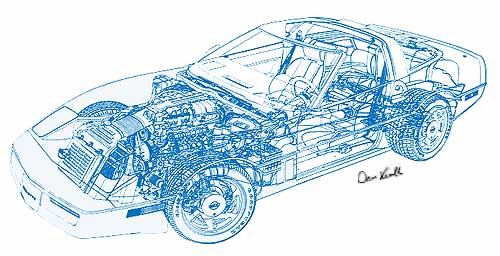- Joined
- Feb 11, 2009
- Messages
- 22,929
- Reaction score
- 18,540
- Location
- NJ (The nice part)
- Guild Total
- 112
It's alchemy!! Get a chance to measure the DC resistances of the 2 coils?
I have not. Traveling at the moment.
It's alchemy!! Get a chance to measure the DC resistances of the 2 coils?
I used to work with telephony engineers and they used to mess with newbs by telling them it worked via HPFM. And that if HPFM wasn't running it wouldn't work.
Hocus Pocus F-ing Magic.
(With apologies for veerSpent my entire professional life in the EW field and take great pleasure to know the stuff we designed over the year is deployed everywhere. Not a plane in the fleet flies without antennas or electronics we designed and built and I'm proud to say a good number if them came from my teams. Many a sub and destroyers also have antenna clusters and arrays we designed and made.
Standing Wave Ratio means you measure the ratio if the reflected wave relative to the incident wave. In a perfect design the SWR would be 1:1 or no reflection.
That will be the conclusion of RF 101.
M
Kind of fitting as the EF-111 was originally known as the "Raven". (I think the standard F-111 was the "Aardvark")I think in the UK they are know as the Ravens.
Y"magic" that is proportional to the highest frequency
I also worked for a company that made instrumentation radars which were a major component in the R&D that led to today's stealth technology. Radar cross section (RCS) is a concept that measures how big an object appears to a radar operating at a particular frequency. Simplistically the first step in making something stealthy is to lower the RCS. One of the engineers was complaining that he had started getting a lot of speeding tickets in his new Corvette, especially compared to his old one. Hoods were opened, cars were inadvertently parked on the radar range and a conclusion as reached. From the standpoint of a police radar, the major contributor to the RCS of an oncoming 'Vette is the radiator. The fiberglass body is effectively transparent. In the old Vette, the radiator was mounted at an angle and so many of the incoming radar pulses were reflected "into the air" and not back at the police radar. In the new Vette the radiator was mounted at a 90 degree angle making it the perfect reflector. That change increased the RCS by about an order of magnitude and thus made the job of the police radar much easier.
I remember reading about the concepts in late '70's-early '80's Motor Trends and Car and Drivers, of radar cross section in general but not specifically about Corvettes.That's a very cool story. Do you remember which 'vette? Did that information make it to the rest of the world? I imagine people figured that out eventually, but I love that people actually tested it like that.



That's a very cool story. Do you remember which 'vette? Did that information make it to the rest of the world? I imagine people figured that out eventually, but I love that people actually tested it like that.